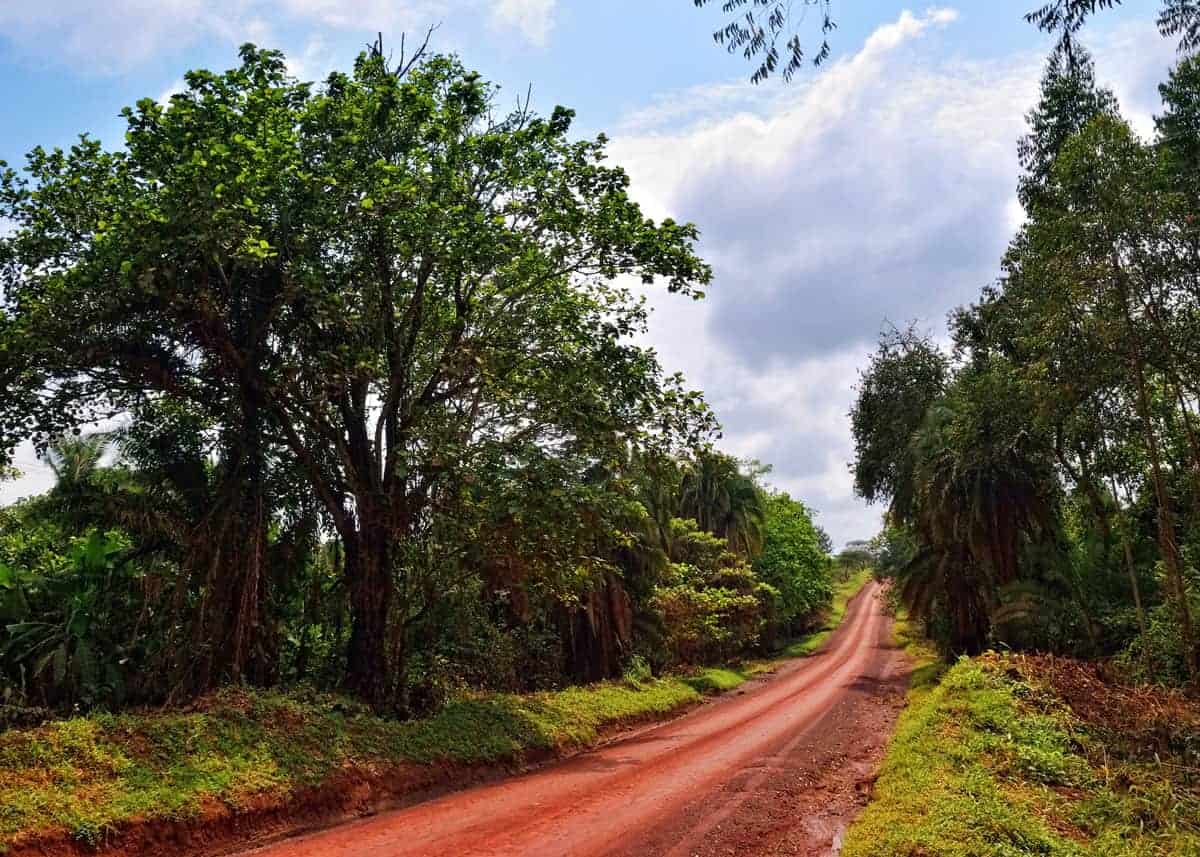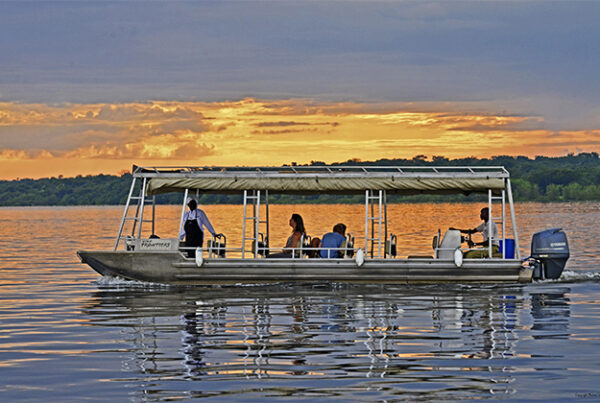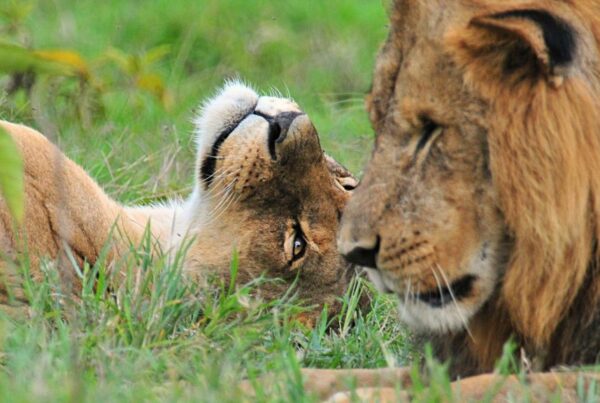The Popular Travel Routes in Uganda
Exploring the Pearl of Africa, One Journey at a Time
An Invitation to the Wild Heart of Africa
In the vibrant heart of East Africa lies a country that defies expectation and redefines the meaning of adventure. Uganda—endearingly called the “Pearl of Africa”—is not just a destination, but a revelation. Wrapped in emerald forests, cradled by vast lakes, and crowned with snow-capped peaks, this land offers travelers a chance to engage with some of the most pristine and awe-inspiring ecosystems on the continent. But beyond its breathtaking scenery lies a complex network of well-traveled and lesser-known routes that thread the country together—each leading to unforgettable experiences.
To truly unlock the treasures of Uganda, it becomes essential to understand the travel routes that connect its rich tapestry of national parks, cultural landmarks, and remote wilderness. These routes have evolved over time—not only as practical paths but as gateways into Uganda’s soul, shaping how travelers encounter its wildlife, people, and landscapes. From the bustling capital of Kampala to the misty mountains of the southwest, and from the thunderous roar of Murchison Falls to the whispering grasses of Kidepo Valley, each route tells its own compelling story.
The Central Gateway: Kampala to the West
The journey for most visitors begins in Kampala or Entebbe, the country’s main points of arrival. Entebbe International Airport, located along the northern shores of Lake Victoria, serves as Uganda’s primary international entry point. From here, travelers often move through Kampala, the dynamic capital city that blends modern energy with deep cultural roots.
The western route from Kampala is one of Uganda’s most popular circuits. This path unfolds through rolling hills and tea plantations, taking travelers toward some of the country’s most iconic destinations. One of the first major stops is Fort Portal, a charming town nestled in the foothills of the Rwenzori Mountains. This region acts as a springboard to various natural wonders, including Kibale National Park, renowned for its dense forests and the largest population of chimpanzees in East Africa.
From Fort Portal, the road often leads south toward Queen Elizabeth National Park, one of Uganda’s most diverse wildlife sanctuaries. Here, the famed Kazinga Channel draws a rich concentration of animals, including elephants, hippos, crocodiles, and a vibrant array of birdlife. The Ishasha sector, located in the southern part of the park, is globally admired for its rare population of tree-climbing lions.
Continuing on this route, travelers are led further southwest into the Bunyoro-Kigezi highlands, where the terrain becomes more dramatic, the air cooler, and the forests more ancient. The final destination of this path is often Bwindi Impenetrable National Park or Mgahinga Gorilla National Park, both protected areas offering extraordinary gorilla trekking experiences—an encounter that remains etched in the memory of every visitor fortunate enough to witness it.
The Northern Expedition: Kampala to Murchison Falls and Beyond
Another essential travel route extends from Kampala northwards toward Murchison Falls National Park, Uganda’s oldest and largest protected area. This journey introduces visitors to the power and majesty of the Nile River, which squeezes through a narrow gorge to form the dramatic Murchison Falls—a natural spectacle of staggering force.
The park itself is a mosaic of savannah, woodland, and riverine forest, teeming with giraffes, lions, buffaloes, leopards, and an abundance of birdlife, including the elusive shoebill stork. The river cruises along the Nile offer an unforgettable perspective of wildlife gathering along its banks.
From Murchison Falls, travelers may choose to venture even further north into Kidepo Valley National Park, a destination revered for its isolation, raw beauty, and unique wildlife populations. This route, while more remote and requiring a longer travel window, reveals a wilder, more untouched Uganda—one where the landscapes stretch wide and silent, interrupted only by the movements of ostriches, cheetahs, and herds of oryx.
This northern circuit provides a deeper understanding of Uganda’s geographic and ecological diversity and brings travelers into contact with indigenous cultures such as the Ik and Karamojong, whose traditional ways of life remain largely preserved.
The Eastern Highlands and the Nile’s Source
To the east, yet another enriching route unfolds, taking travelers toward the Basoga Kingdom and the town of Jinja, often celebrated as the source of the Nile. Here, at the point where Lake Victoria spills into the world’s longest river, adventure tourism thrives. White-water rafting, kayaking, bungee jumping, and boat cruises offer thrilling ways to experience the Nile’s power in its gentler infancy.
Beyond Jinja, the route continues to Mount Elgon National Park, a highland sanctuary straddling the border with Kenya. The extinct volcano of Mount Elgon, with its massive caldera and rich biodiversity, offers a cooler climate and the opportunity for multi-day treks far from the more frequented safari circuits.
Travelers heading further north from this region may find themselves entering Pian Upe Wildlife Reserve, one of Uganda’s most promising conservation frontiers. Though less visited, this region showcases Uganda’s dedication to biodiversity protection and ecotourism expansion, offering a taste of wilderness in its purest form.
The Southern Lakes and Cultural Corridor
Some of the most meaningful travel experiences in Uganda occur along the southern corridor, a route that blends natural beauty with deep cultural encounters. Departing from southwestern parks such as Bwindi or Mgahinga, this journey often takes travelers around Lake Bunyonyi, a mystical body of water scattered with lush islands and surrounded by terraced hills. Considered one of Africa’s most scenic lakes, Bunyonyi offers opportunities for canoeing, hiking, and quiet reflection.
This path also weaves through traditional communities, where visitors can engage with Batwa pygmies, one of the oldest surviving forest-dwelling cultures in Africa. Their stories, songs, and resilience add profound depth to any journey, reminding travelers that Uganda’s beauty lies not only in its landscapes but in its people.
Eventually, the southern route often loops back toward Lake Mburo National Park, a compact but rewarding stopover filled with acacia woodland, zebra herds, and the rare eland antelope. This area provides a gentle conclusion to the safari experience, balancing the intensity of gorilla trekking with peaceful game drives and nature walks.
Navigating the Routes: Infrastructure and Travel Tips
While Uganda’s road network has seen vast improvement in recent years, especially along popular tourism corridors, certain stretches—particularly those leading to remote parks—remain challenging during the rainy seasons. Most routes are accessible by 4×4 vehicles, and local flights operated by domestic carriers connect major parks and towns, greatly reducing travel time.
The beauty of Uganda’s travel routes lies in their flexibility and variation. Some travelers may choose to focus on one region, while others pursue full circuits over two to three weeks. Each route can be tailored based on interests—whether primates, big game, birdwatching, cultural heritage, or landscapes.
Experienced guides and professional tour operators play a crucial role in making these journeys seamless. They manage logistics, offer valuable local insights, and ensure that safety and sustainability remain central to the travel experience.
A Country Best Discovered One Road at a Time
To journey through Uganda is to follow routes of revelation. Each mile traveled peels back another layer of this country’s complexity and magic. From the highland mist of the gorilla forests to the dry savannahs where lions roam beneath acacia shadows, and from the thunder of the Nile’s cataracts to the quiet elegance of crater lakes, Uganda delivers wonder in every direction.
These travel routes are more than logistical pathways. They are the lifelines of exploration, the threads that connect wild encounters, human stories, and natural drama. They remind travelers that the joy of the journey often matches the wonder of the destination.
Let WildHorn Africa Be Your Compass
Navigating Uganda’s rich web of travel routes requires more than a map—it requires a partner with experience, passion, and local knowledge. WildHorn Africa specializes in designing customized safaris and immersive travel experiences that align with your interests, schedule, and sense of adventure. Whether you’re drawn to the pulse of wildlife or the poetry of culture, WildHorn Africa ensures that every route leads to moments that matter.
Book your African safari with WildHorn Africa and let Uganda’s roads, rivers, and trails guide you to something far greater than a vacation—let them lead you into the heart of Africa.





 WildHorn Africa – Authentic and unforgettable tours across Africa, guided by local experts who know the land, wildlife, and culture best.
WildHorn Africa – Authentic and unforgettable tours across Africa, guided by local experts who know the land, wildlife, and culture best.


